Want the best Fitbit in 2024? That all depends on your needs and budget. Fitbit, owned by Google since 2021, makes some of the most popular fitness trackers and health-focused smartwatches around, like the diminutive Fitbit Inspire 3 and feature-packed Versa 4. We’ve tested them all and are pleased to report that there’s a device to suit just about anyone’s lifestyle.
The best Fitbit models track the essentials like steps, sleep and heart rate; what sets them apart is additional health-tracking features, like ECG, stress management tools and blood oxygen measurements. From our testing, the best Fitbit for most people — the Fitbit Charge 6 — combines all of these into a slimline tracker.
Or, if a smartwatch is more your thing, the Fitbit Sense 2 is the company’s health and fitness-focused alternative to the Apple Watch. It has access to Google Maps, Google Wallet and an ever-expanding app store.
All the data from these trackers syncs to the Fitbit app on your smartphone, so you can see how active you’ve been, how well you’ve slept, your progress toward fitness goals and more. Female health tracking lets you keep tabs on menstrual cycles too.
To help you find the best Fitbit in 2024, we’ve put all the Fitbit trackers and smartwatches through meticulous assessment while walking, running, cycling, sleeping and more, to evaluate the accuracy, ergonomics, smart features and battery life. What follows are the cream of the crop, the best Fitbit devices for you.
The Fitbit Ace LTE is a redesigned fitness tracker for kids announced on May 29, 2024. We’re in the process of reviewing it and will update this guide if it meets or exceeds expectations. In the meantime, read our Fitbit Ace LTE hands-on to learn more.
The quick list
Best Fitbit overall
The Fitbit Charge 6 is more than a step counter — it has built-in GPS, the ability to track your heart rate, sleep and fitness fatigue. Plus there’s a bright, beautiful AMOLED screen.
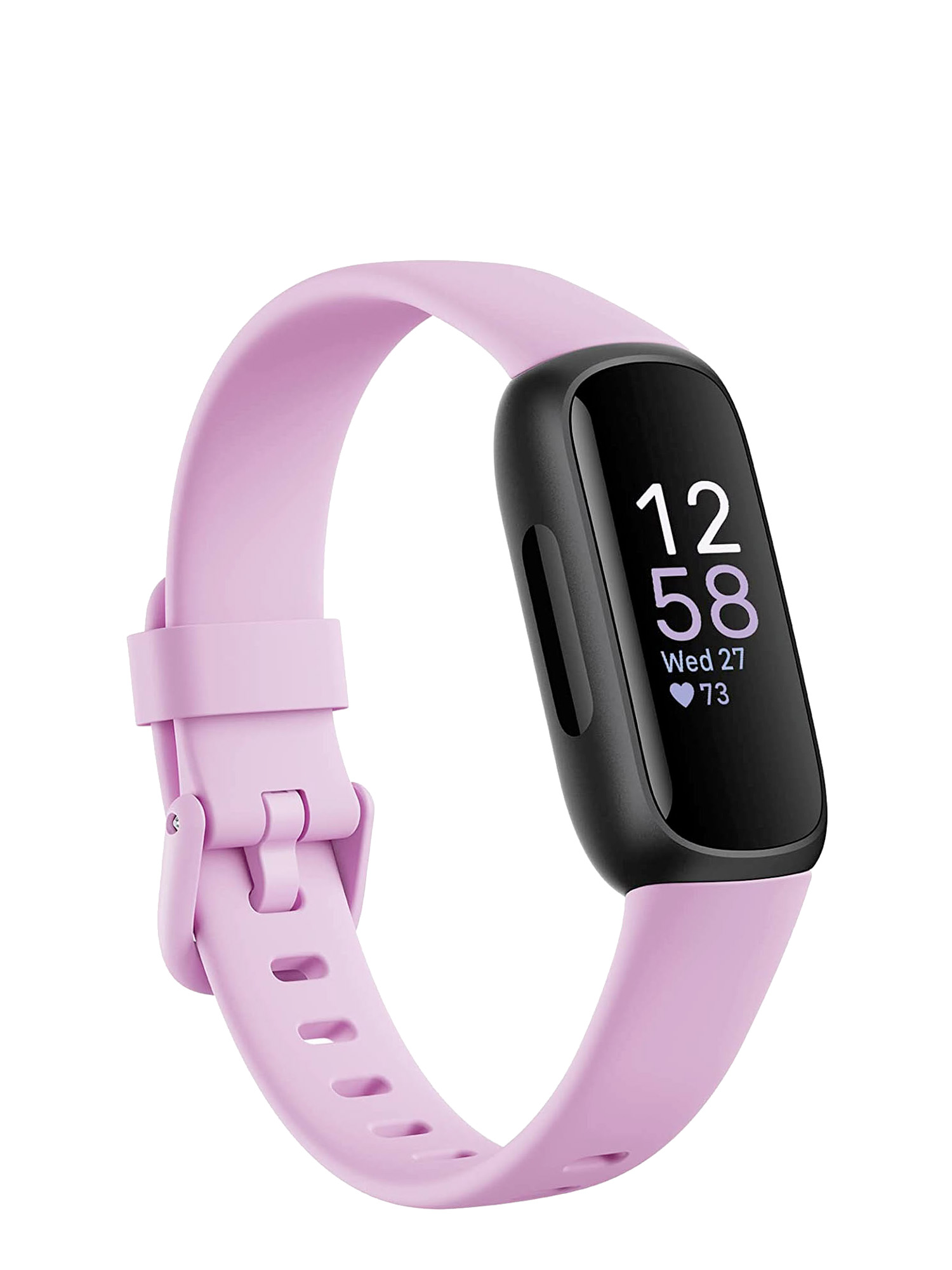
Best budget Fitbit
If you’re on a budget, look no further than the Fitbit Inspire 3, with its bright screen, automatic workout tracking, 10-day battery life and accurate sleep insights.
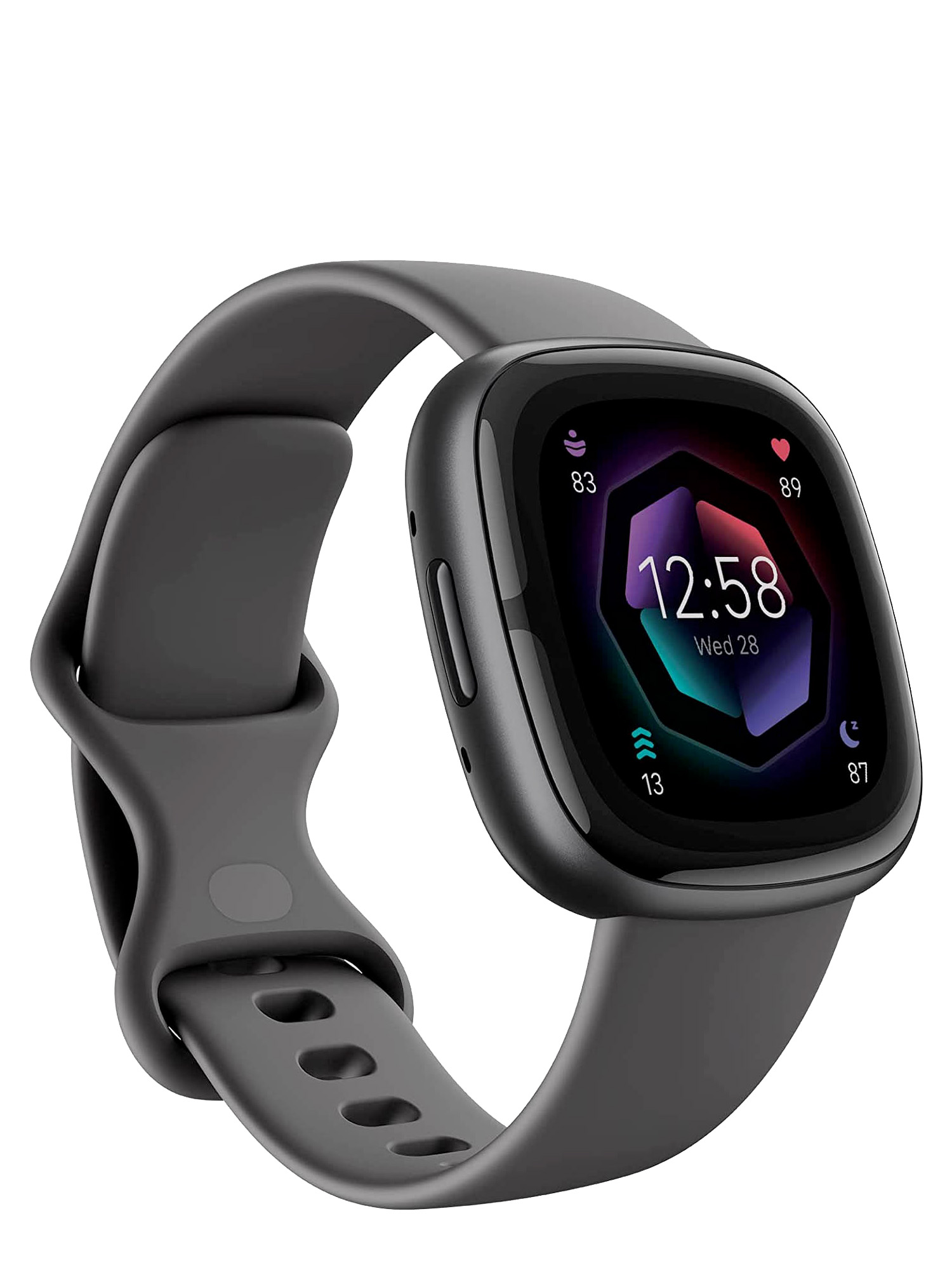
Best Fitbit smartwatch
The Sense 2 is the closest Fitbit has ever come to an Apple Watch alternative. As well as activity and sleep tracking, it has an ECG sensor, body temperature sensor and built-in GPS.
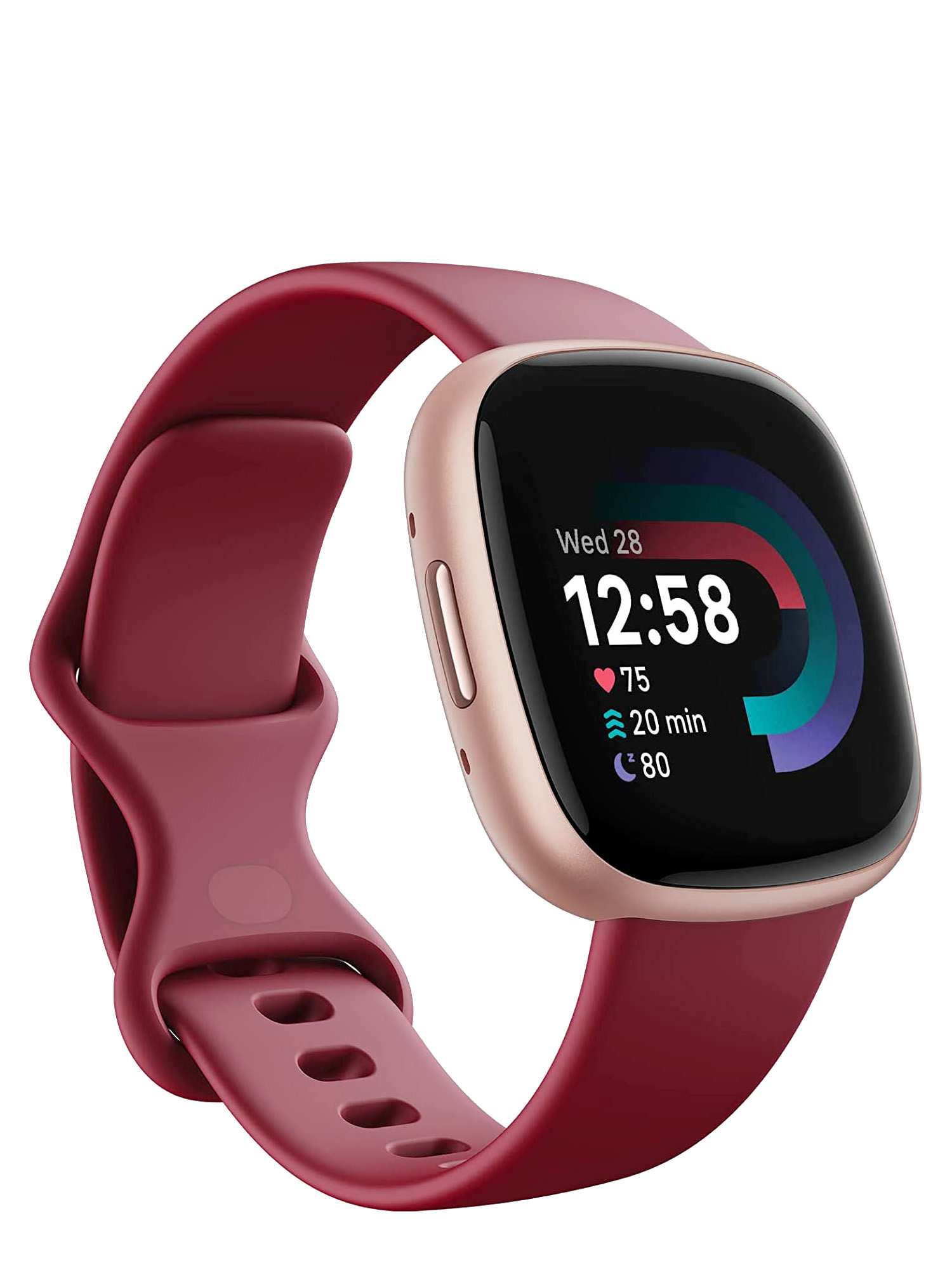
Best mid-range Fitbit smartwatch
The Versa 4 is a more affordable alternative to the Sense 2 if you’re after a smartwatch with Fitbit sensors. It’s not got the Sense’s ECG and cEDA sensors, but you can track your steps, sleep and workouts.
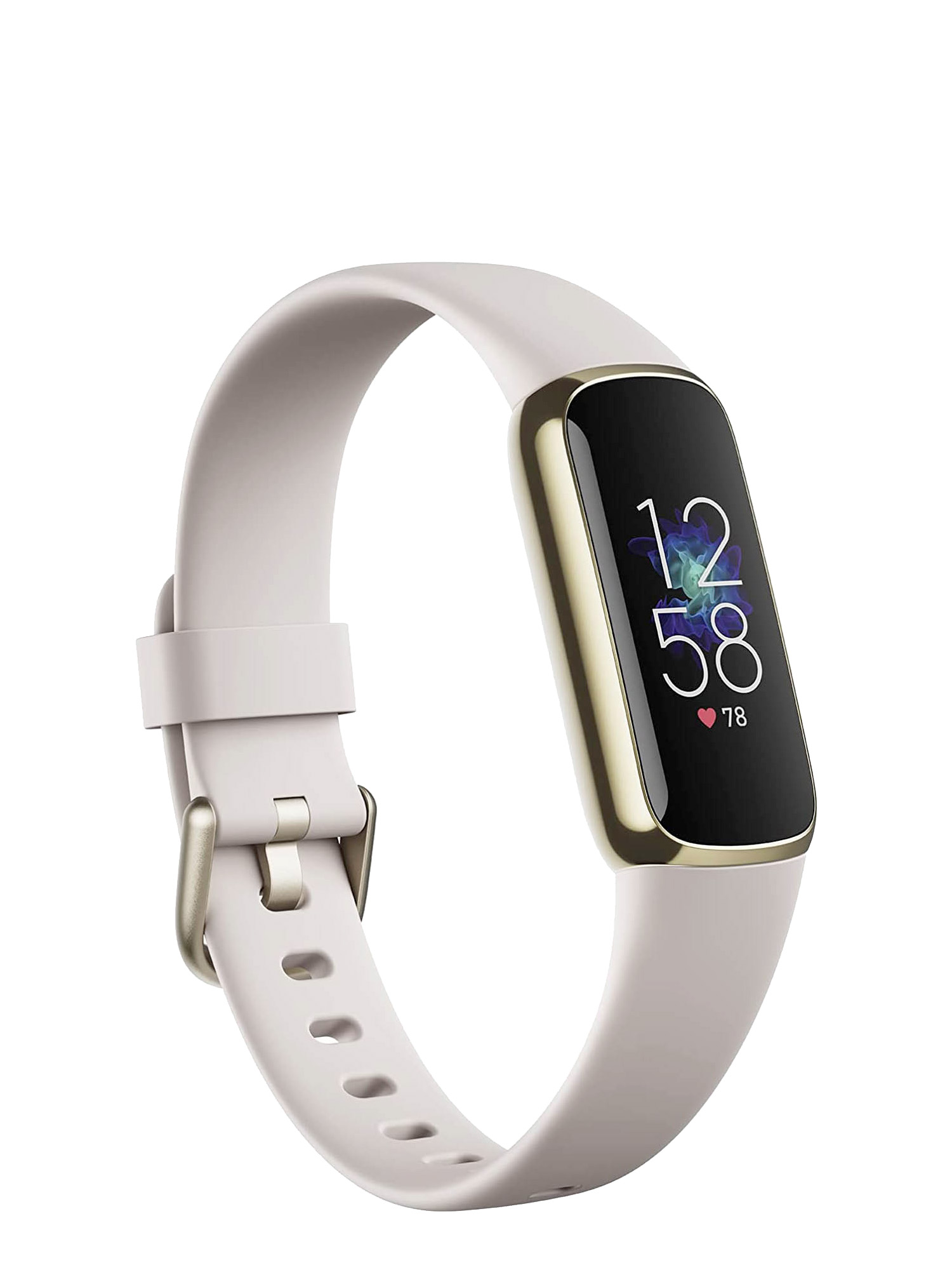
Best looking Fitbit
The Fitbit Luxe fitness tracker looks beautiful, and would easily pass as jewelry, while still tracking fitness, sleep, heart rate and stress. We wish it had built-in GPS, though.
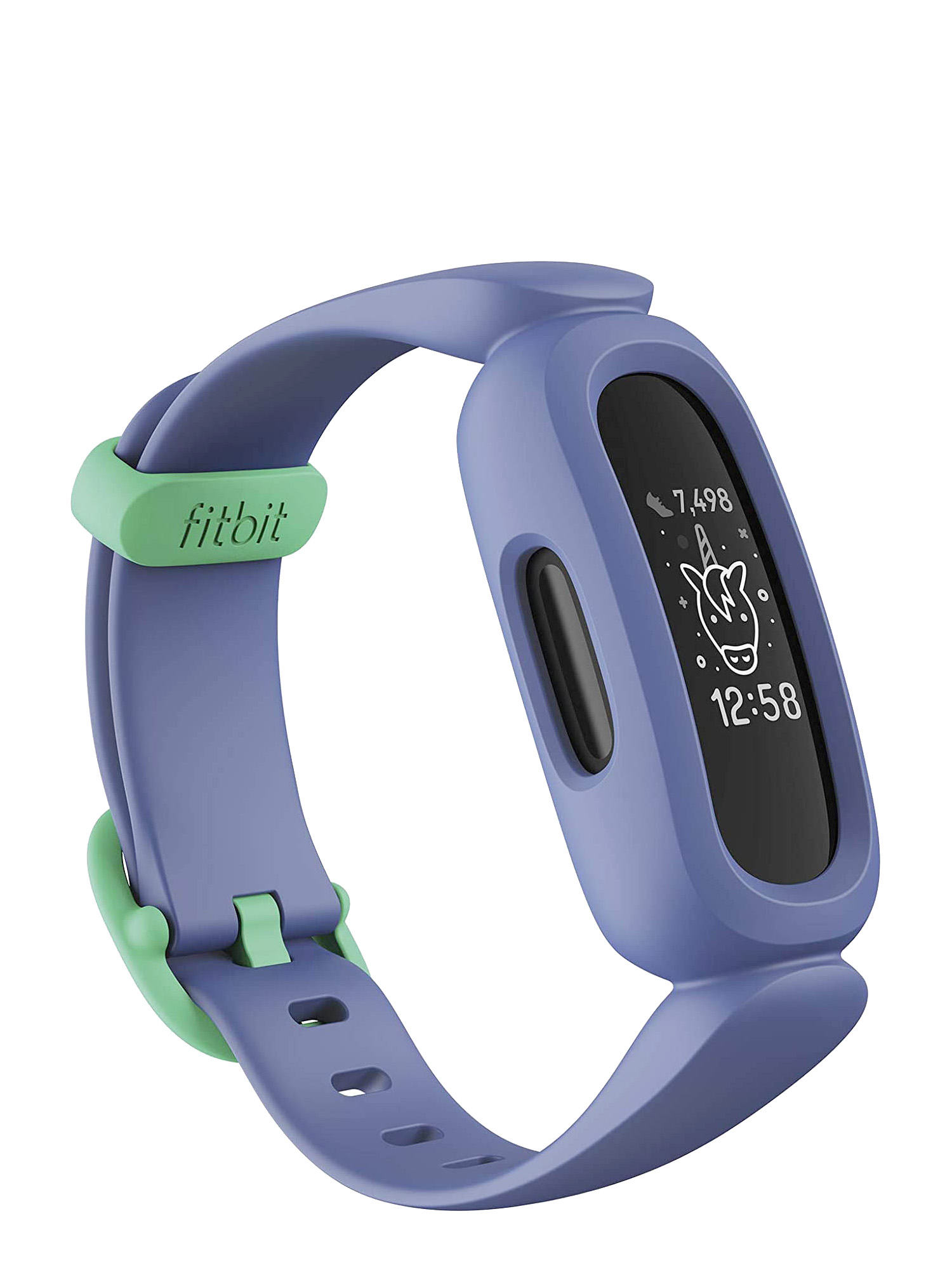
Best Fitbit for kids
The Fitbit Ace 3 is designed for kids, with parental controls to help you set game-based fitness goals to get your little one moving. Colorful band options add a fun flair.
Best Fitbit overall
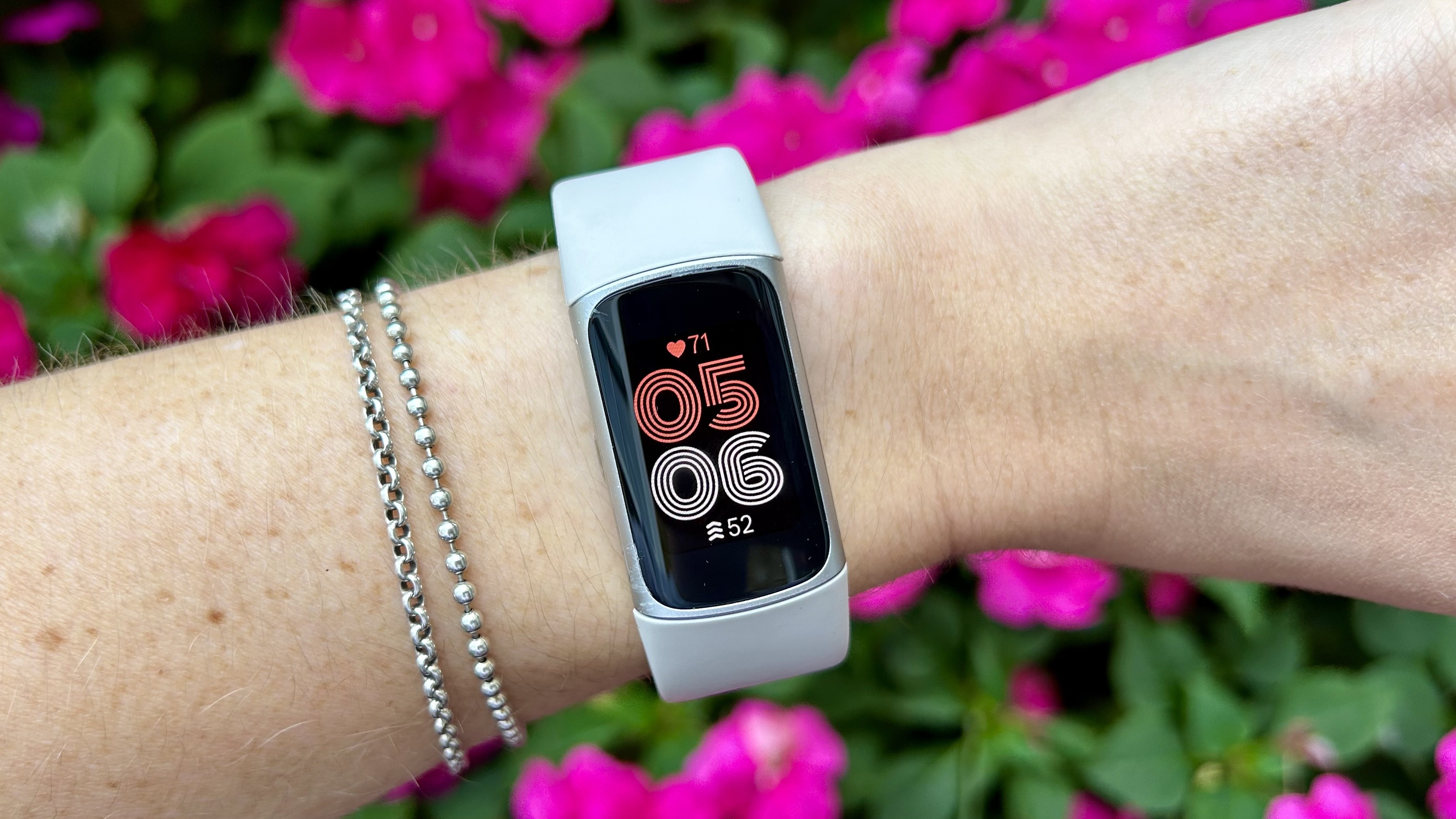
The Fitbit Charge 6 replaces the Fitbit Charge 5 as the brand’s top-of-the-range fitness tracker. It’s a worthwhile upgrade, as the Charge 6 brings back the haptic side button to make browsing the tracker’s on-screen menus. Plus, you can use the Charge 6 as a heart rate monitor on NordicTrack, Peloton and Tonal machines.
It’s also the first Fitbit fitness tracker to get Google Maps, YouTube Music and Google Wallet, but you will need a Google Account now to use the Fitbit app. As we’ve come to expect it excels at the fitness tracking basics, like steps, workouts and sleep.
It has a built-in GPS, to accurately track your runs, hikes and bike rides outside. It also has more sports modes than the Charge 5, so you can mix up your training. During testing, we were impressed with how comfortable it was around the wrist, and how easy it was to read in the bright sunlight.
The Fitbit Charge 6 is one of the best Fitbit fitness trackers available right now, especially with the addition of Google Maps and Google Wallet. This is why we’ve rated it among the top wellness devices in the 2024 Tom’s Guide Fitness Awards.
Best budget Fitbit
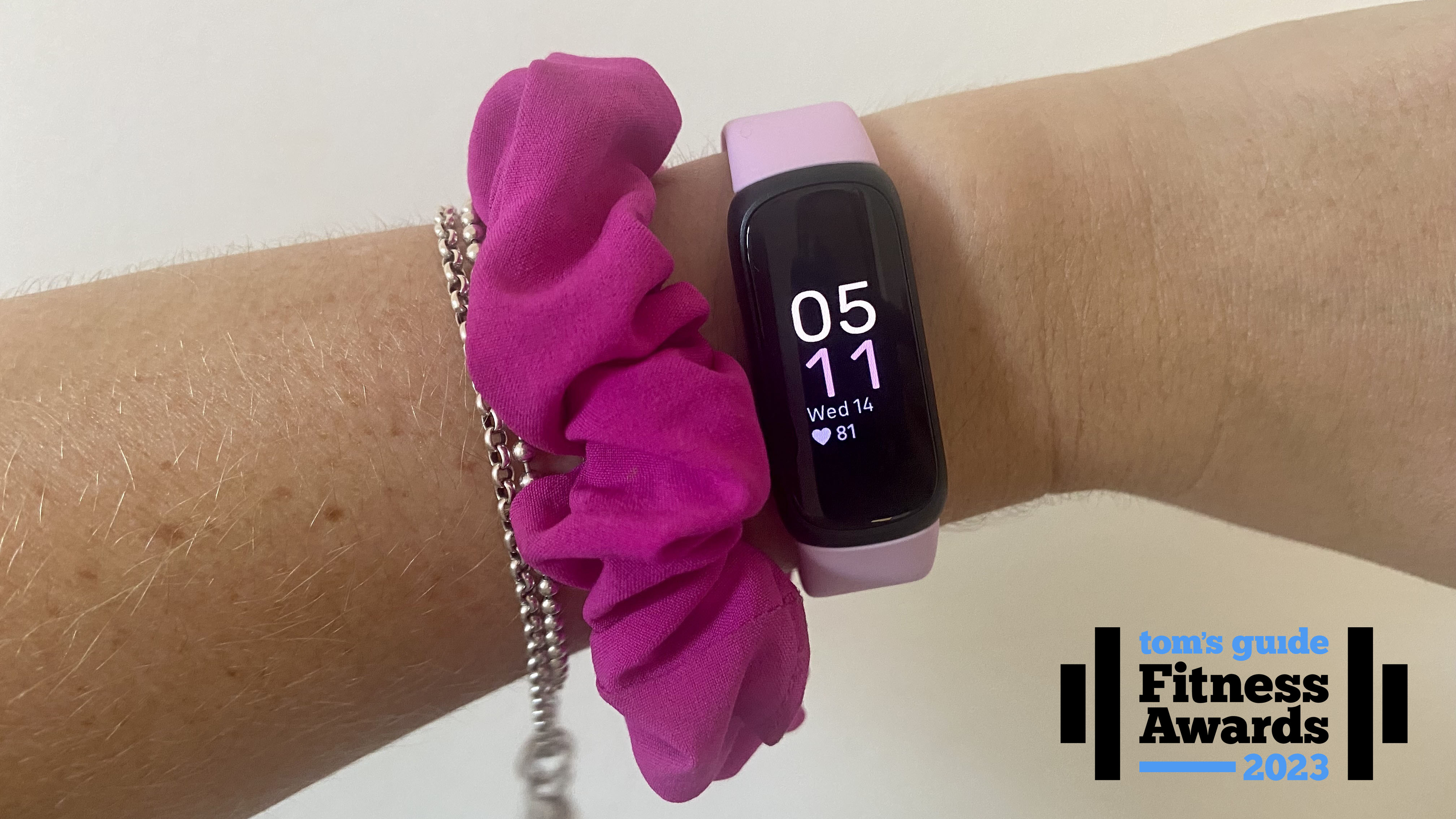
If you’re looking for your first fitness tracker, the budget-friendly Fitbit Inspire 3 could be the best Fitbit for you. It’s less than $100, yet still has many of the brand’s popular features, like step counting, sleep tracking and a heart rate monitor.
It’s also ideal if you’re after a wearable that can last a long time on a single charge, as the Inspire 3 can go for around 10 days between power-ups. However, this is partly because it’s missing power-hungry features like built-in GPS or music storage.
So, if you want to track your running routes and listen to your favorite tracks, you’ll still need your phone nearby. But it does come equipped with Active Zone Minutes, which analyzes your heart rate during exercise.
When we tested the Inspire 3, we were impressed with how comfortable and light it felt on our wrist and the amount of features you get for the price. Like many of Fitbit’s other wrist-worn devices, it comes with a free Fitbit Premium trial too.
The Inspire 3 feels more premium than the Inspire 2, thanks to the brighter display, which was easy to see even in sunny conditions. However, if you’re looking for a Fitbit with GPS, the Charge 6 is going to be a better option.
That said, the design and value for money on the Inspire 3 meant that it won the best fitness tracker category in the 2023 Tom’s Guide Fitness Awards. Simply put, it has a range of useful features and doesn’t cost the earth.
Best Fitbit smartwatch
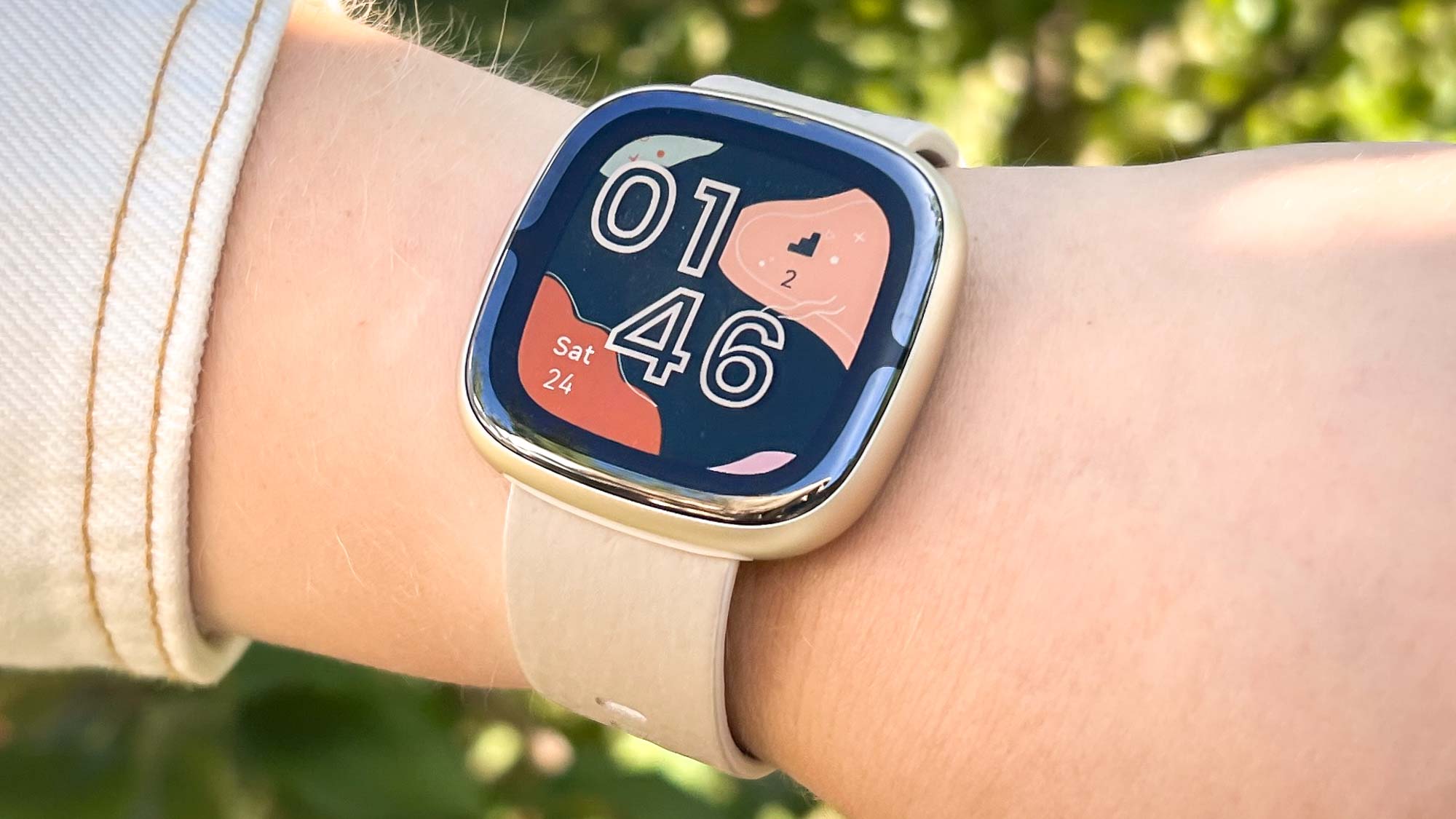
The Fitbit Sense 2 is the company’s premium smartwatch with lots of health and wellness features to rival the Apple Watch. Unlike Fitbit’s Versa watches, it has an ECG to keep tabs on your heart health and a SpO2 sensor for measuring blood oxygen.
If that wasn’t enough, the company also added the ability to measure electrodermal activity (EDA) and skin temperature. The original Sense was more health-focused than the rest of Fitbit’s range, but these new features make the Sense 2 the best Fitbit if you’re looking for a holistic approach to health and fitness.
The Sense came with an EDA sensor, but this upgraded version, known as cEDA (for continuous electrodermal activity) runs all day to help assess your stress levels. It can also recommend when you need to take a moment to breathe with Body Response notifications.
During testing, we liked the Sense 2’s long battery life — up to six days versus the Apple Watch Series 9’s 18 hours — and how comfortable it was to wear all day, even compared to the first-generation Sense.
Plus, unlike the Apple Watch, you can use it whether you have an Android smartphone or iPhone, and it comes with built-in GPS and a native app store (which gives you access to Google Maps and Google Wallet).
Best mid-range Fitbit smartwatch

We think that the Fitbit Versa 4 makes a great case as the best mid-range Fitbit smartwatch. It doesn’t have as many health features as the Sense 2, but it’s also $50 cheaper and comes with all the fitness tracking essentials.
Like the Charge 6, it has a physical side button (something lacking on the Fitbit Versa 3), and you can use your voice to interact with Amazon’s Alexa virtual assistant. Even with all of this, your Versa 4 can still last up to six days between charges.
However, we found that it’s a slight compromise between a fitness tracker and a smartwatch. Despite support for a voice assistant and a larger display, it can be inaccurate when measuring your heart rate, and that ends up affecting the Active Zone Minutes your watch thinks you’ve completed.
It’s also one of the first Fitbit watches affected by Google’s acquisition of Fitbit. Shortly after the search giant took over, the Versa 4 lost support for third-party apps and Google Assistant, which is disappointing.
However, if you’re after a long-lasting fitness tracker with a large, bright display and hands-free commands, then the Versa 4 is still a great option, even if it’s not quite as accurate as a dedicated tracker.
Best looking Fitbit
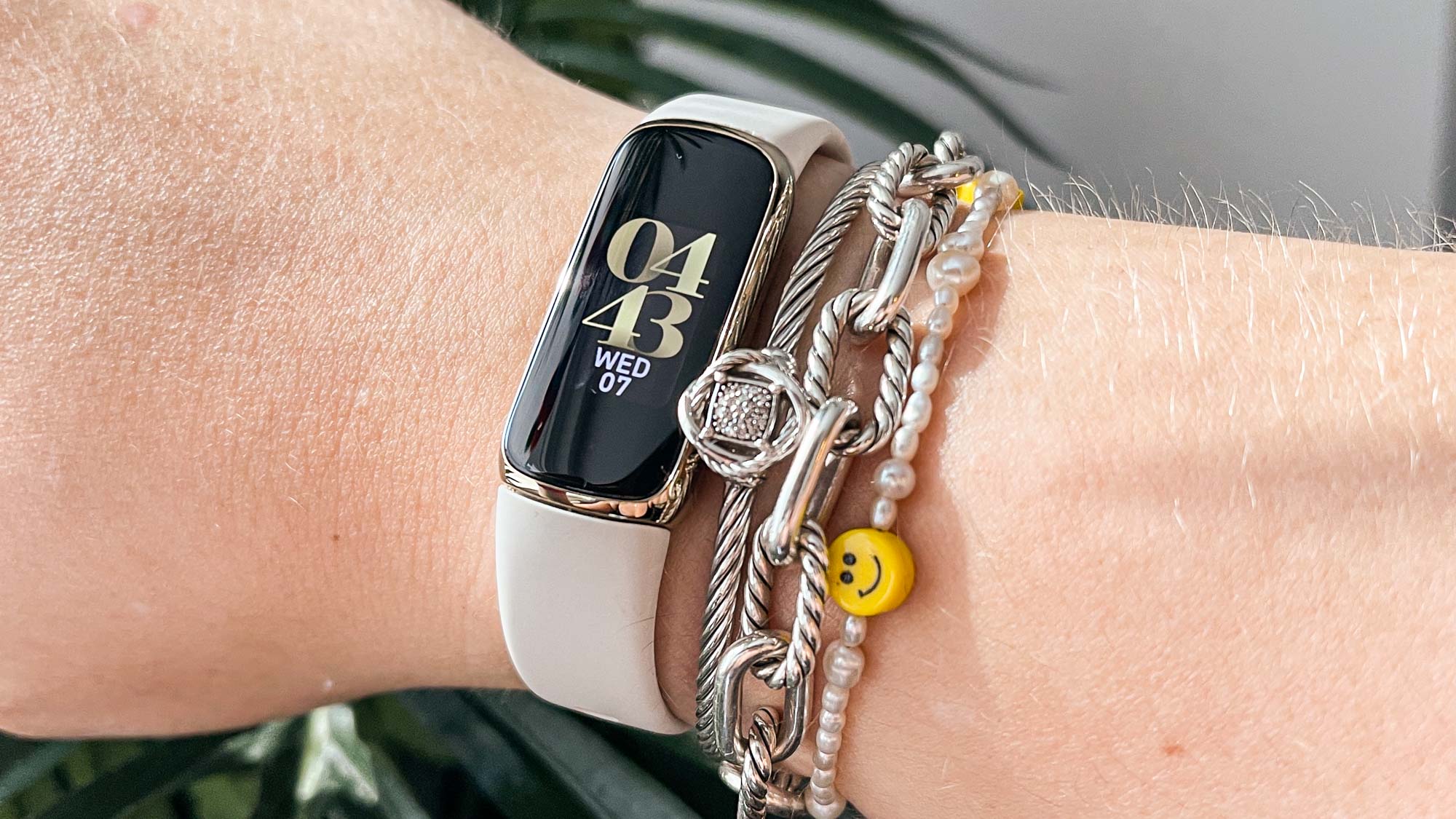
Although Fitbit’s design has improved over the years, most of the company’s fitness trackers still look like, well, fitness trackers. The Fitbit Luxe is a solution to this problem and looks more like a bracelet or jewelry.
Feature-wise, it’s similar to the Inspire 3, so it excels at all the essentials like step counting, sleep tracking and heart monitoring. However, the more fashionable design means that it’s also $50 more than the Inspire 3.
Fitbit also sells an expanded range of alternative straps and bracelets for the Luxe, so you have more options if you want to customize your look each day or to complement a specific outfit.
We liked the bright, always-on display during testing and the durable materials and stainless steel casing made the Luxe feel more premium than the standard plastic or rubber outers on most fitness trackers.
It’s a shame that it does trade form over function — why can’t you have a fashionable Fitbit with built-in GPS and contactless payments? But if you’re after a customizable, fashion-led tracker to suit your look, the Fitbit Luxe is a top option.
Best Fitbit for kids
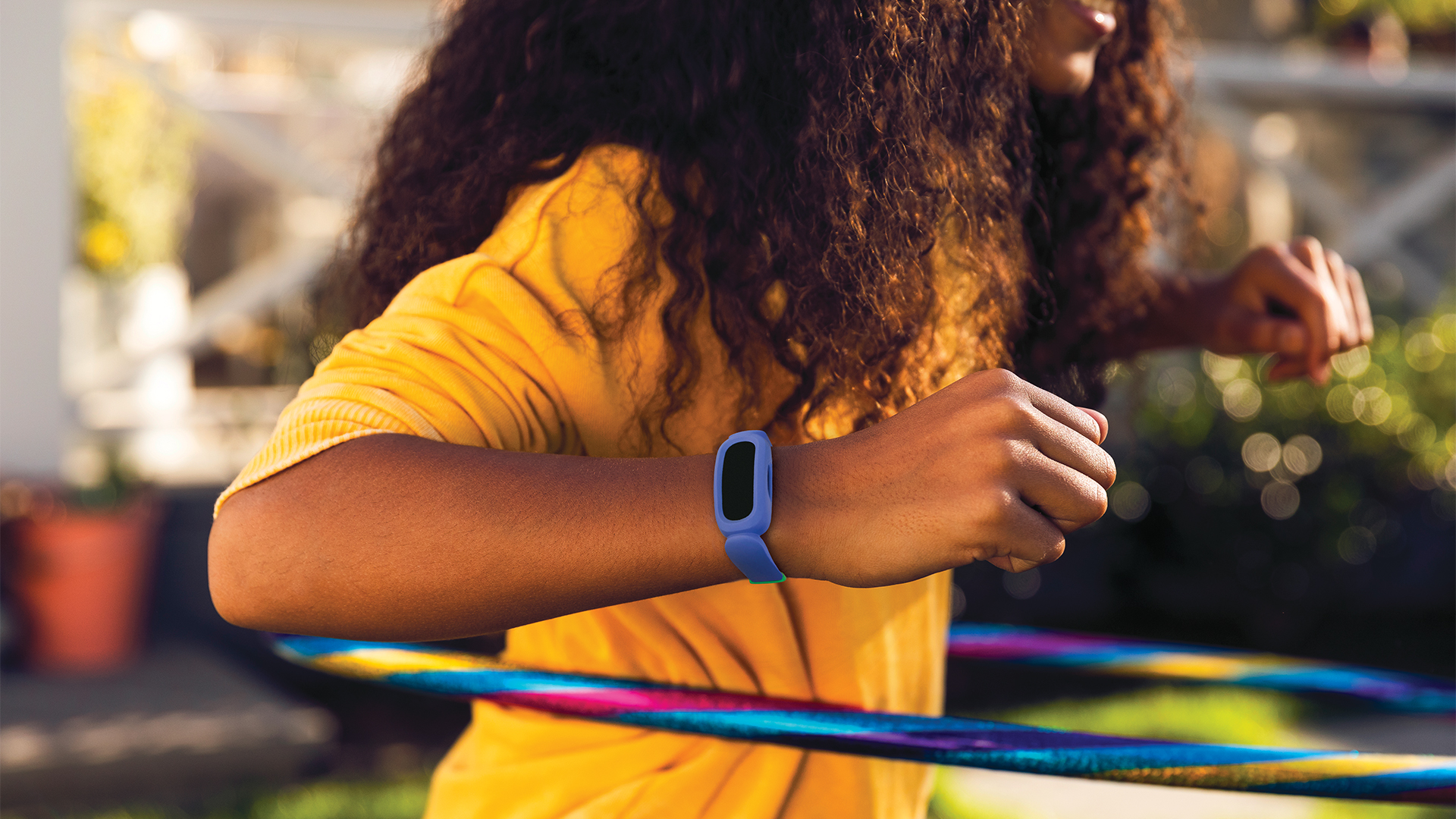
If you’re a Fitbit fan and think it’d be useful to motivate your children to stay active, the Fitbit Ace 3 is your best choice. The colorful tracker is designed specifically for kids, with a larger, bold design to make it fun to wear.
It’s also one of the few kids trackers with parental controls, so you can adjust connections and privacy settings, and set activity goals. Plus, the display is more interactive, with virtual badges and animated clock faces to keep your kids entertained.
The Ace 3 also has sleep tracking, with bedtime reminders and alarms, and prompts to keep moving throughout the day. The tracker is water resistant to 50m, so it’s ideal for wearing to swimming lessons and weekend pool sessions.
For an even more powerful kid-friendly fitness tracker, consider the Fitbit Ace LTE. In addition to activity tracking, it also lets parents keep tabs on their child’s location. However, that feature comes with a $10 monthly subscription fee.
How to choose the best Fitbit
Each of the best Fitbit trackers comes with core features — step counting, sleep tracking, and heart rate monitoring (except on the kid-friendly Ace 3). So choosing the best Fitbit for your needs will depend on which other features you’re after and which designs you prefer.
If fitness tracking is all you need, then the $99 Inspire 3 may be your ideal choice. However, the Fitbit Charge 6 is packed with health-monitoring features like an ECG and stress management tools, but it’ll set you back $160.
Meanwhile, there’s the fashion-influenced Fitbit Luxe, which has the classic fitness tracking features found on the Inspire 3, but a more stylish design and plenty of customizable accessories.
Fitbit also has a viable Apple Watch alternative in the Sense 2. This has a six-day battery life, a large color display, access to Google apps, and the same health sensors found on the Charge 6, plus a skin temperature monitor.
It’s one of the most expensive options though, so if you like the design but not the price, you may prefer the Fitbit Versa 4. It’s a mid-range smartwatch with Fitbit tracking but lacks the third-party app support found on the Sense 2.
How we test the best Fitbits
By wearing them, of course! When Fitbit comes out with a new fitness tracker or smartwatch, we fully charge it up, then strap it on our wrist for about a week or so to test out all its features.
First and foremost: How does it feel? Some fitness trackers are pretty bulky, which means they won’t fit comfortably on smaller wrists. Next, we look at its fitness features, such as its heart rate monitor and, where applicable, its GPS. How accurate are both sensors?
We also look at the other features of the Fitbit, including sleep tracking, female health tracking, mobile payments, and smartphone notifications.
Finally, there’s comparing Fitbit’s battery life claims to our actual use. Some sensors chew up juice faster than others, so if you’ve got the screen on constantly, or are always using the heart rate monitor, your mileage may vary.
What is Fitbit Premium?
Fitbit Premium is a subscription-only service with access to hundreds of video and audio workouts, deeper data insights, and tailored advice based on your activity. It costs $9.99/month or $79.99 annually, but most Fitbit devices come with a free trial so you can give it a try before you commit.
Whether Fitbit Premium is worth it depends on your goals. If just you want to keep tabs on your daily activity, then you may not need to subscribe. But, if you’re interested in learning more about how you slept and how to improve your training, it’s a good option.
Plus, it comes with access to on-demand workouts, so you don’t need a second subscription to another workout app, like Centr or Apple Fitness+. If you regularly train at home, then it’s a good value option.
You also get access to a daily wellness report, which has insights about your activity, health, and sleep. There’s a sleep score that rates your rest, and you get categorized as one of six animal archetypes, based on your night’s sleep.
Features compared
| Row 0 – Cell 0 | Fitbit Charge 6 | Fitbit Inspire 3 | Fitbit Sense 2 | Fitbit Versa 4 | Fitbit Luxe | Fitbit Ace 3 |
| Screen size and type | 1.4-inch AMOLED | 0.7-inch AMOLED | 1.58-inch AMOLED | 1.58-inch AMOLED | 0.75-inch AMOLED | 1.4 inch OLED (B&W) |
| Weight | 1.3 ounces | 0.62 ounces | 1.7 ounces | 1.3 ounces | 0.7 ounces | 0.5 ounces |
| Battery life | 7 days, 5 hours with GPS | 10 days | 6 days, 5 hours with GPS | 6 days | 5 days | 8 days |
| Built-in GPS | Yes | No | Yes | Yes | No | No |
| Touchscreen | Yes | Yes | Yes | Yes | Yes | Yes |
| Mobile payment | Yes | No | Yes | Yes | No | No |
| Music storage | No | No | No | No | No | No |
| Swim tracking | Yes | Yes | Yes | Yes | Yes | No |

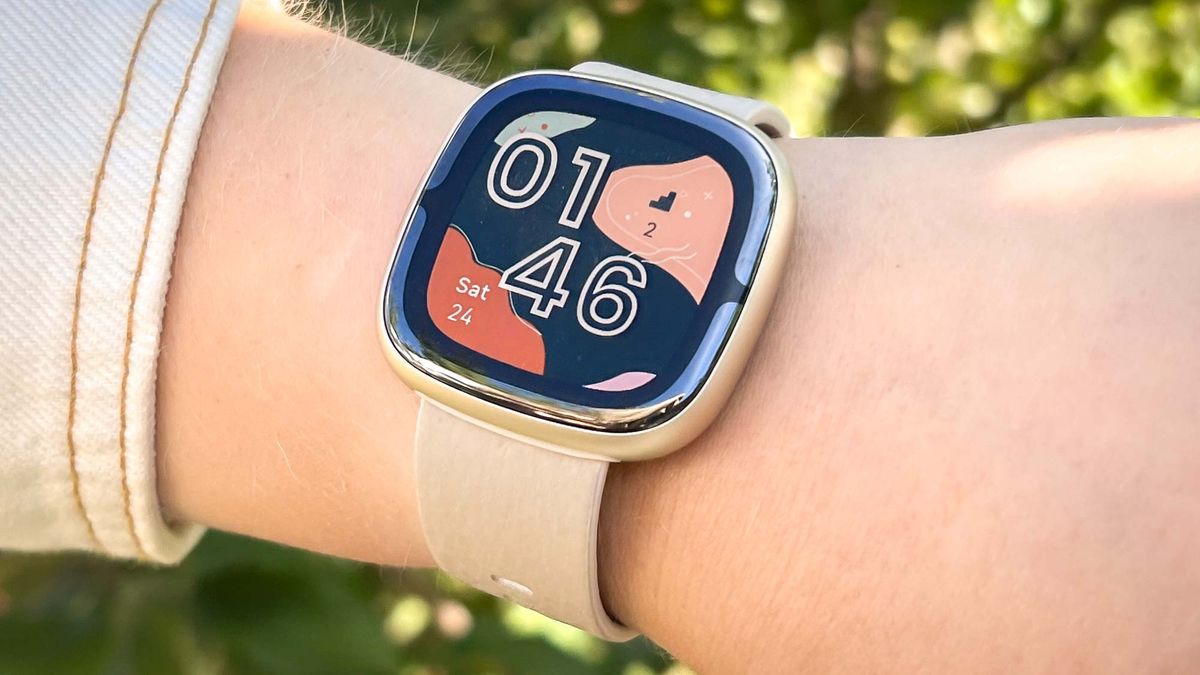






:max_bytes(150000):strip_icc()/roundup-writereditor-loved-deals-tout-f5de51f85de145b2b1eb99cdb7b6cb84.jpg)


